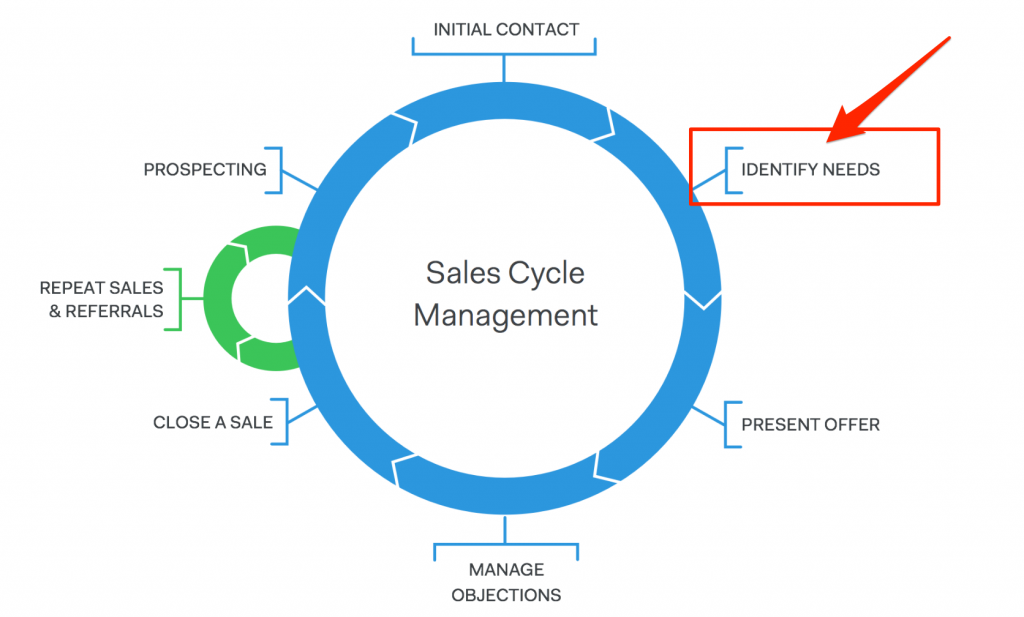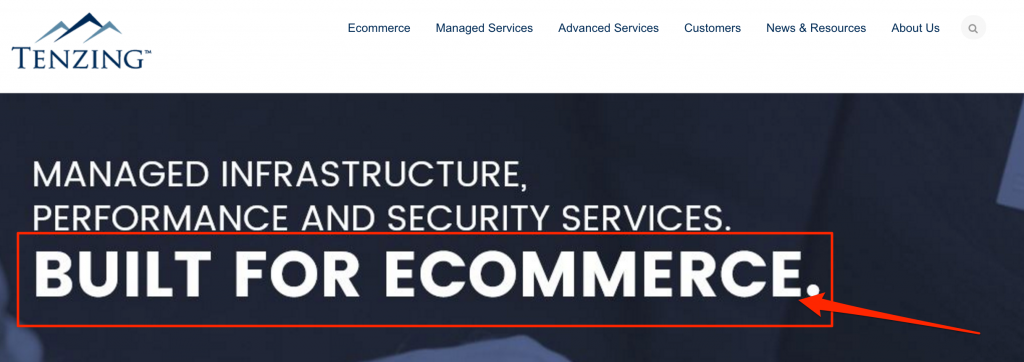Are you afraid of meeting new clients?
Wondering how you could prepare to know what to say and win the business?
New client meetings are an inevitable part of the sales process. You could engage someone with a cold email, entice them with competitive prices, and wow with your expertise…
…but to win them as clients, you two will have to meet.
And, that’s the scary part, isn’t it? You don’t how to prepare and what to say. Not to mention that a prospect could surprise you with a question you might not know how to answer.
Lucky for you, that’s exactly what I’m going to help you with in this post.
I’ll teach you how to prepare for a new client meeting and show you how to ace every sales presentation.
Intrigued? Then let’s get to it.
The Importance of New Client Meetings
Ask any small business owner what they think of client meetings and you’ll get one of two replies.
To some, a sales presentation is the most exciting part of the sales process. This is when they finally get a chance to show to their vast knowledge and connect with a prospect.
In my estimates, these people are the minority.
For the most of us, however, meeting new clients is something beyond torture. It actually feels more like an audition, doesn’t it? After all, as Randle Browning from Skillcrush puts it:
“This meeting might be your one shot to convince your client that you are capable, trustworthy, relatable, reasonable, and can help them solve their problem.”
And that’s one heck of a task to achieve, don’t you agree?

The first meeting with a client brings closure to all your sales efforts so far. This is what you’ve been aiming for from the moment you identified a prospect and sent them that email cold call.
Now you have to use all the knowledge about your service as well as your selling skills to make the prospect want to buy from you.
Having a prospect agreeing to meet up with you means that they are somewhat intrigued by what you have to offer. It doesn’t mean that they will buy from you. But it’s a good sign that they are interested and are giving you a chance to convince them to do so.
And here is what you should prepare to ace your first meeting with them.
7-Step Template for New Client Meeting Preparation
#1. Client background
First, write down everything you know about the client so far.
If you have worked all the steps of the sales process, you should have all the info about the prospect you require.

So start by refreshing your memory about them. List everything that you think might help you during the presentation.
In particular, pay attention to the following:
- Their company size. How big of a client could they become?
- The person’s position. Who are they in the company? Can they make a decision about hiring you?
- When did you two first get in touch? How long has the process been going on?
- The company’s technical setup. If you had a chance to find out, list what you know about their technology.
- Pain points. Did they mention anything specific about their problem?
This information will help you build an image of your prospect in your mind and target the presentation to their needs, increasing your chances of making a sale.
#2. Reasons for Them to Buy
To win them as clients, you first need to identify the reasons why they would buy from you.
But I admit, you can only speculate about them, however, don’t skip this part.
Having an idea about what would make them choose your company over another will help you identify strengths you could then highlight during the meeting.
So try to imagine what would be the reasons for them to buy from you.
- Think of why would they need you. What would make your business special in their eyes?
- What sets you apart from the competition? Do you have any special skills your competitors don’t? What about awards or certifications?
Dylan Baskind, the CEO of Qwirl, an online sales proposal tool, advices to use the following question to identify a prospect’s reasons to buy:
“What is the critical business challenge your client is facing, and how will the outcomes of your project contribute towards solving it?”
You can use all those during your presentation to reinforce their buying decision.
#3. Sales Objections
Just as you need to think of reasons for a new client to buy, you should also consider what would prevent them from hiring your company.
Why? Because the best way to handle sales objections is by including them in your presentation.
This way you will overcome them before they even got a chance to voice them.
The most common sales objections you may encounter include:
- Price. A prospect considers your fees too high against the perceived value of your service.
- Time. You can’t start when they need you.
- Credibility. They want your help; they just don’t trust you enough to deliver.
- Politics. The person might be worried about hiring you.
- Knowledge. A client doesn’t know enough about IT to validate if your offer makes sense.
#4. Power Questions
To win the sales call, you need to get the client to see their problem your way. Align their vision with yours.
And one of the most powerful ways to achieve it is by asking a question that would make them stop, think, and then agree with you.
(Notice that I used this strategy in this article’s opening too.)
But why questions?
Because, as Henneke Duistermaat from Enchanting Marketing writes in this post:
“A question is more persuasive than a statement—only if the listener or reader agrees with you, so choose your questions carefully.”

So, come up with 2-3 questions that relate to your clients’ pain points, problems they need to help them overcome.
I use a simple formula to come up with my questions. I try to guess how a person feels about their problem right now. I picture them struggling with it and imagine how they feel.
Once you have that picture in your head, coming up with a power question will be a breeze.
#5. Your Objective
You also need to define what you want to get out of the sales meeting:
- Get a client to agree to a trial run with you?
- Sign a long-term contract?
- Set up another meeting, this time with a real decision-maker?
Knowing this objective will allow you to guide the meeting to achieving it.
For example, if you want to close a long-term contract, you’ll have to present quite a number of proof to convince someone to sign up. But if your objective is just to get to the decision-maker, then you’ll only have to convince your contact to organize it.
#6. Your USP
I’m sure you already know this but nonetheless, let me repeat it:
Your business needs a USP, unique selling proposition that explains to clients how you’re different from the competition.
Tenzing for example, focuses on a highly-specific market highlighting their expertise:

Long View communicates their deep integration with the company’s processes:

At the final stage of preparing for the meeting, remind yourself what makes your company different from the competition.
I can guarantee you that you will have to mention it at some point of the meeting.
#7. Agenda
Finally, with all the information in hand, create an agenda for the meeting.
Consider this a meeting schedule, including what you want to cover first, and what information you’re going to bring up later.
Having an agenda will allow you to control the course of the meeting. Instead of clients guiding the presentation, you’ll be proactive in deciding what you should talk about next.
Sign up below to receive our monthly IT Services advice + other cool stuff straight to your inbox.